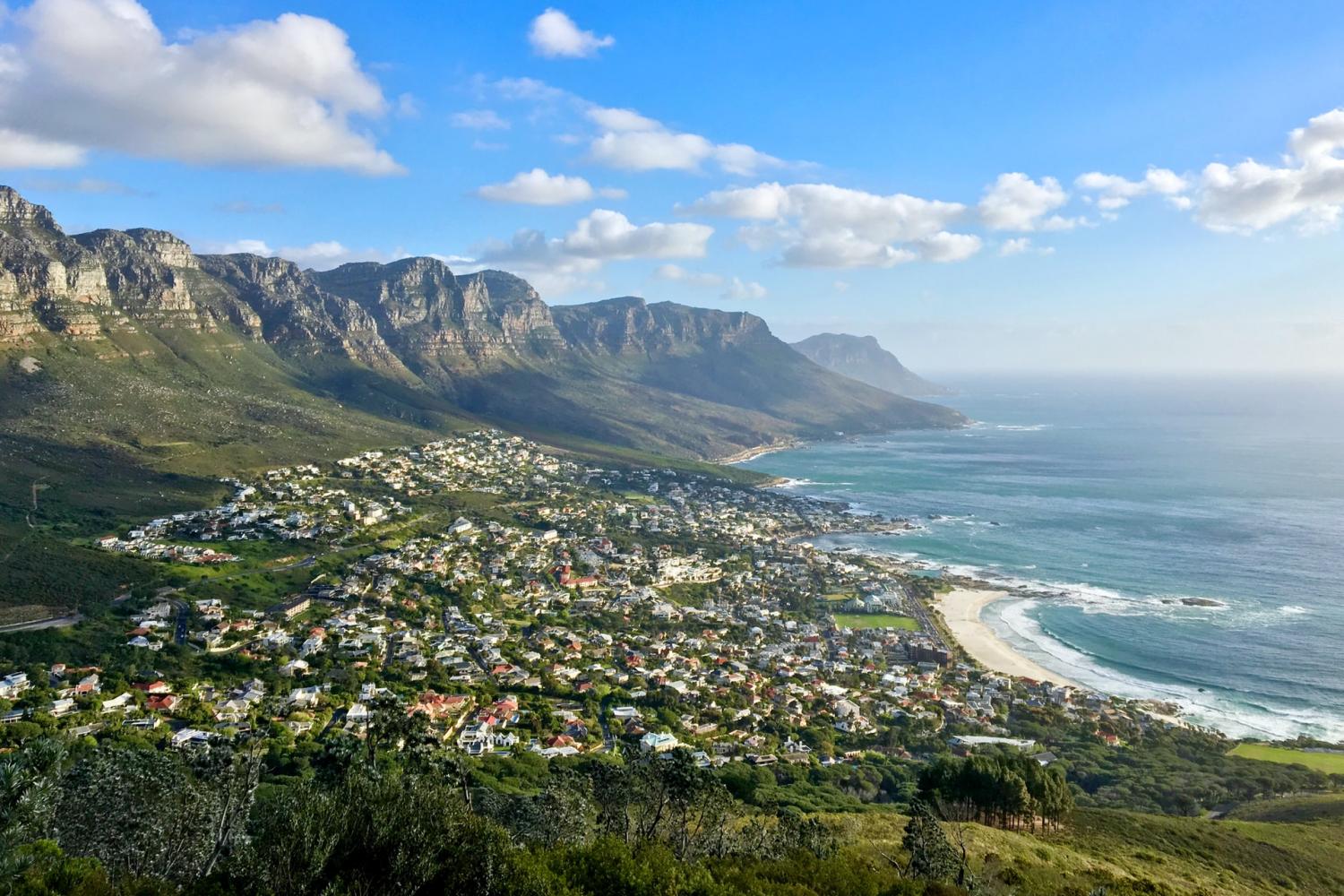
In the past two years, two large global cities - Chennai in India and Cape Town in South Africa - nearly ran out of water. The day when the water was predicted to run out was dubbed “Day Zero.” Both cities managed to avoid the catastrophe, but the crises brought a couple of huge challenges to the forefront: more than one city in the world is balancing on the razor’s edge of water availability, and low-income communities will struggle the most when clean water becomes scarce.
Water scarcity in the 21st century
As many other cities around the world will experience in the future, both Chennai and Cape Town were hit by a perfect storm of droughts, climate change and disorderly water management. In 2018 and 2019, Cape Town and Chennai, respectively, had each gone through three consecutive years without adequate rain. And while climate change is making droughts around the world more likely and more intense, both of the situations would never have been become so dire they had employed better water management. Disjointed management of resources and ineffective water management are not just a problem for cities in developing countries – such a challenge affects cities across the economic spectrum.
In many cities around the world, including ones located in the U.S., unchecked urban growth is leading to increasing stress on water utilities and infrastructure. Coupled with climate change, it’s a recipe for disaster. For example, the western U.S. - a region undergoing explosive population growth - has reached levels of water stress considered to be a megadrought. With water infrastructure already in bad shape, governments and the private sector - industries and investors - will need to be creative about how they make water supplies sustainable and resilient into the future.
Water scarcity has the harshest impact on the world’s poor
Wealthier cities and communities generally have the resources to access water. But the impending Day Zero for Cape Town highlighted just how severe the dividing line is between rich and poor in the South African city of over four million people. The wealthy were able to hire companies to dig boreholes or to order household desalination systems, and they could continue to fill their swimming pools. The poor had to wait hours in line and hope that the government was able to provide some clean water at a reasonable price so they wouldn’t have to decide between clean water and food.
In both Cape Town and Chennai, the crisis was averted, due in large part to civic leaders taking emergency action and the cities’ citizens changing their habits. Nevertheless, such emergencies shouldn’t have happened in the first place. Now is the time to improve water management practices and invest in sustainable water solutions, before the next drought and water crises hit.
Ecolab’s commitment to clean water
Ecolab is one company working on the ground in India to build economic and community resilience through smart water management in a way that engages local communities. The company has partnered with Water.org to improve access to clean water for 100,000 people living in poverty in India. The organizations’ partnership focuses their efforts around social responsibility, accessibility and water quantity.
Meredith Englund, Ecolab’s Vice President of Water Partnerships, said that with its smart water management for companies, the company knew they wanted to partner with an organization like Water.org. The NGO seeks to make equitable access to water possible through microfinancing in local communities, the results of which can enable investments in both rain catchment systems and toilets for homes or communities.
Ecolab says it will bring those loans to scale. “By supporting the ability of individuals, families and communities to invest in their own infrastructure solutions,” Englund said, “we feel confident that our support is leading to solutions that are both relevant for the local context and sustainable and scalable over time.” The program gives communities an active role in making their water systems more resilient.
In addition to climate change, water management and infrastructure woes, the COVID-19 pandemic has brought the issue of equitable access to clean water to the forefront. While bringing loans to communities, Ecolab says it will also contribute 100 million liters of water to watersheds subject to high stress across India.
Water is a complex, hyper-local issue, but investments and partnerships can help bring more innovative solutions that can address the myriad of water scarcity challenges that civic leaders need to address. Engaging with low-income communities to ensure input into, and ownership of solutions, together provide an essential cornerstone of ensuring all citizens have access to clean water.
Image credit: Tobias Fischer/Unsplash

Kate is a writer and policy wonk, with a focus on water, clean energy, climate change and environmental security. She spent over a decade running energy-water nexus and energy efficiency programs at Environmental Defense Fund as well as time at the U.S. Departments of Energy and Defense, U.S. Government Accountability Office, and state and federal legislatures. She serves as an Advisory Board member of CleanTX, which aims to accelerate the growth of the clean tech industry in Texas.














